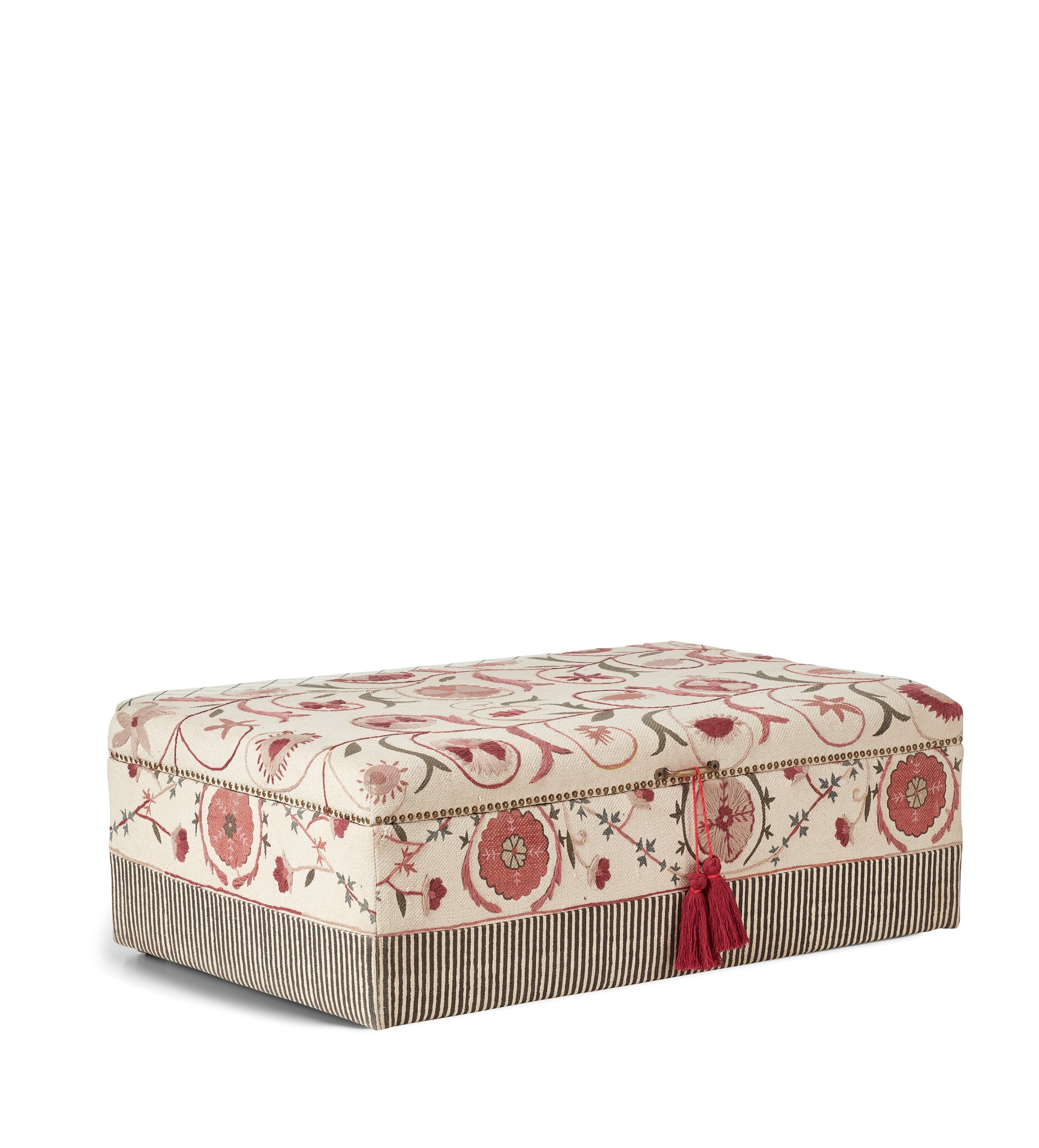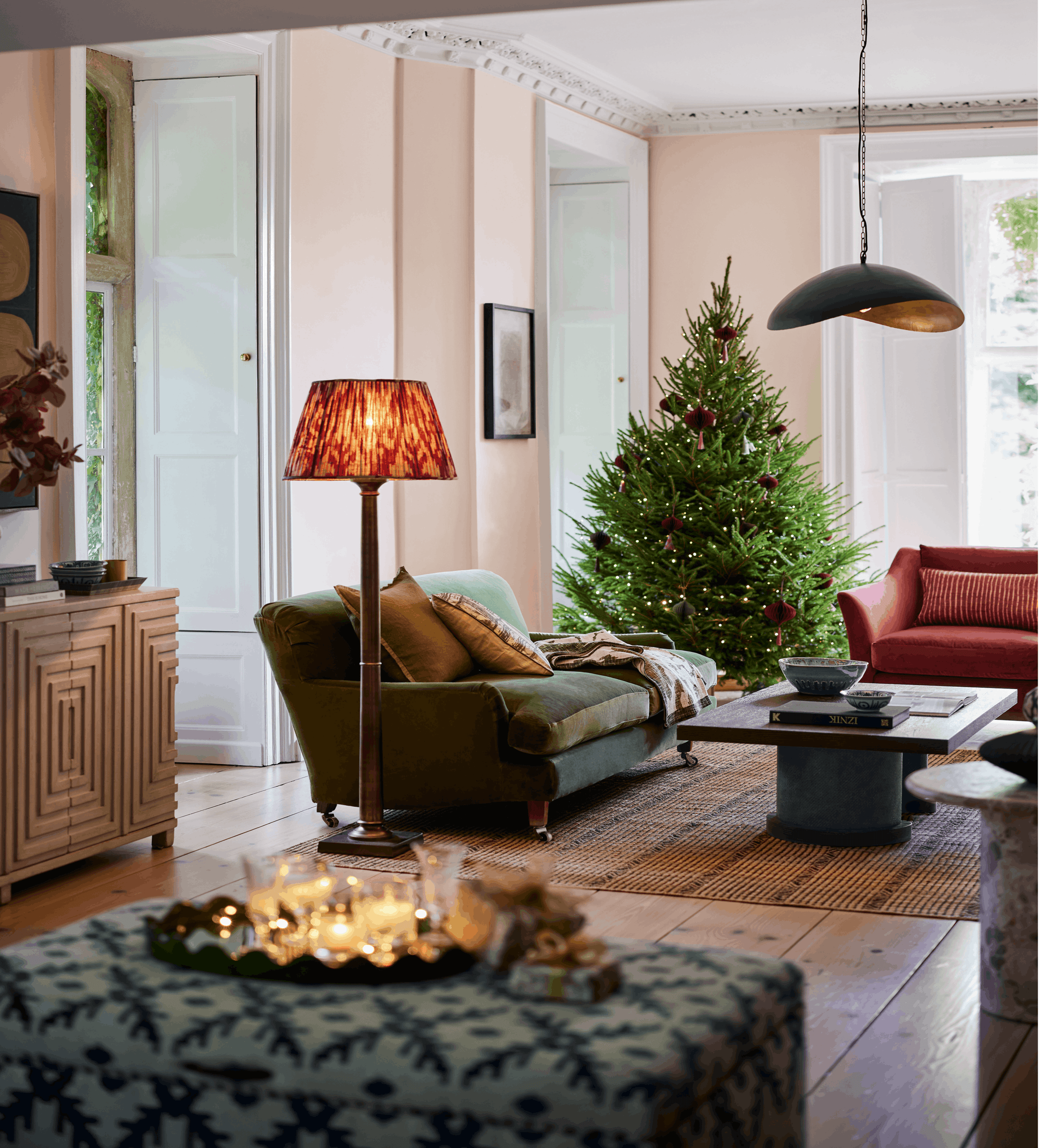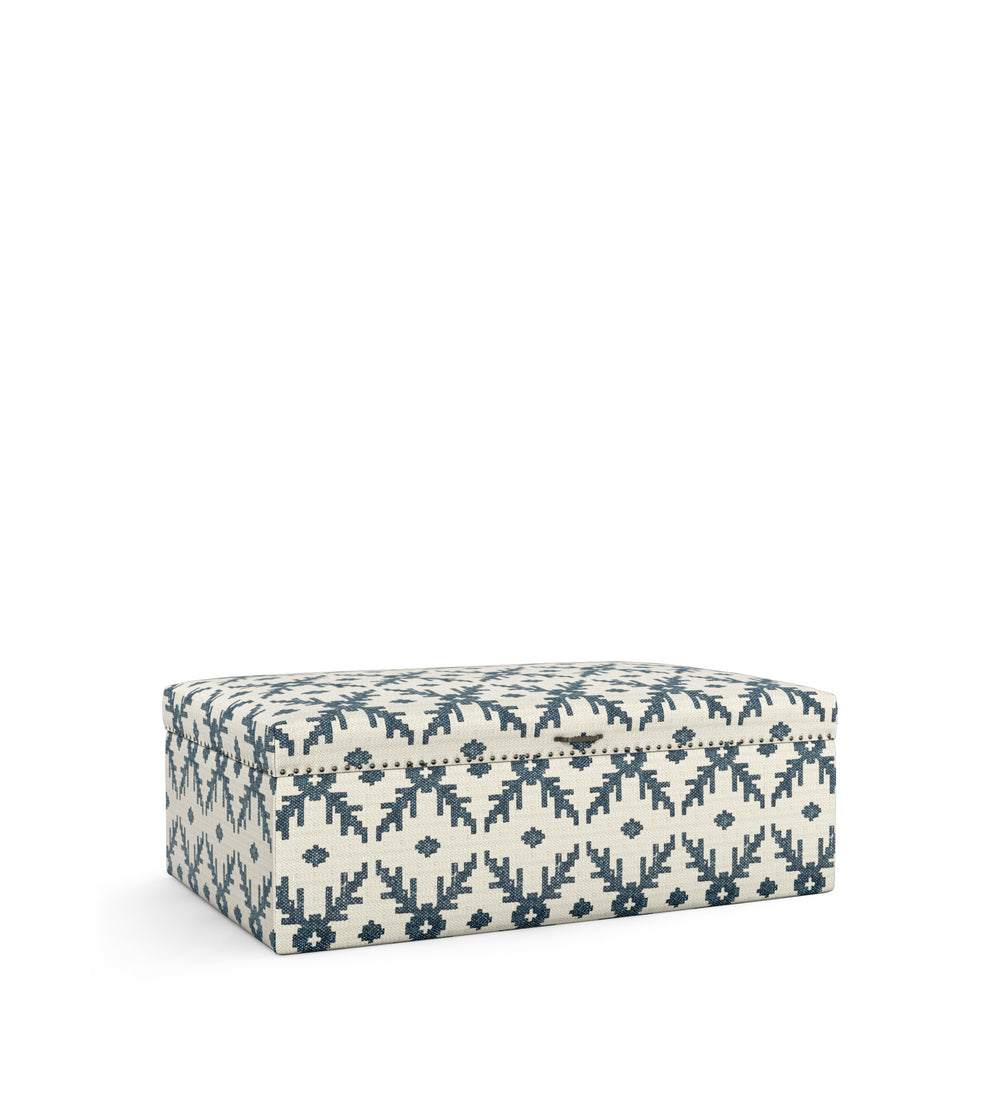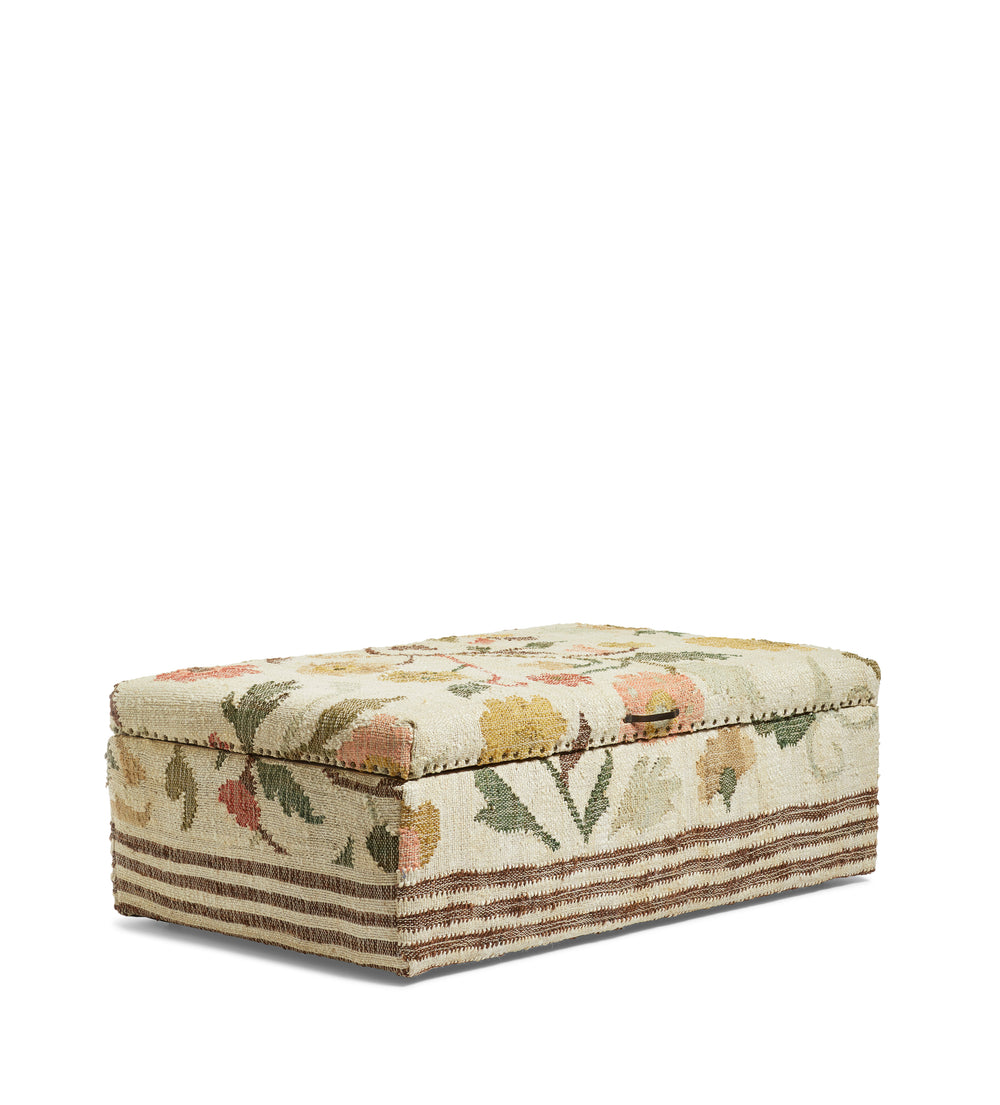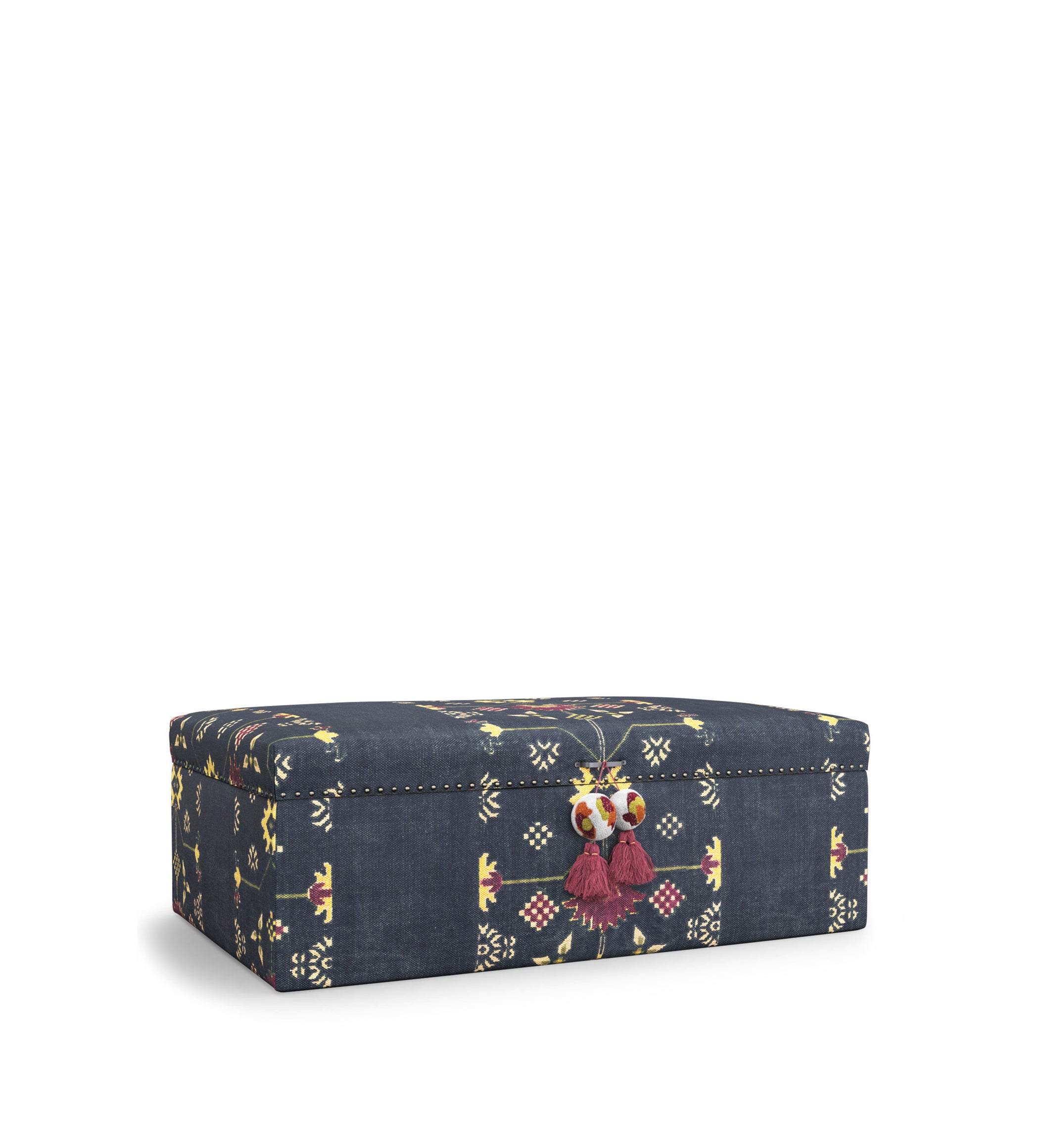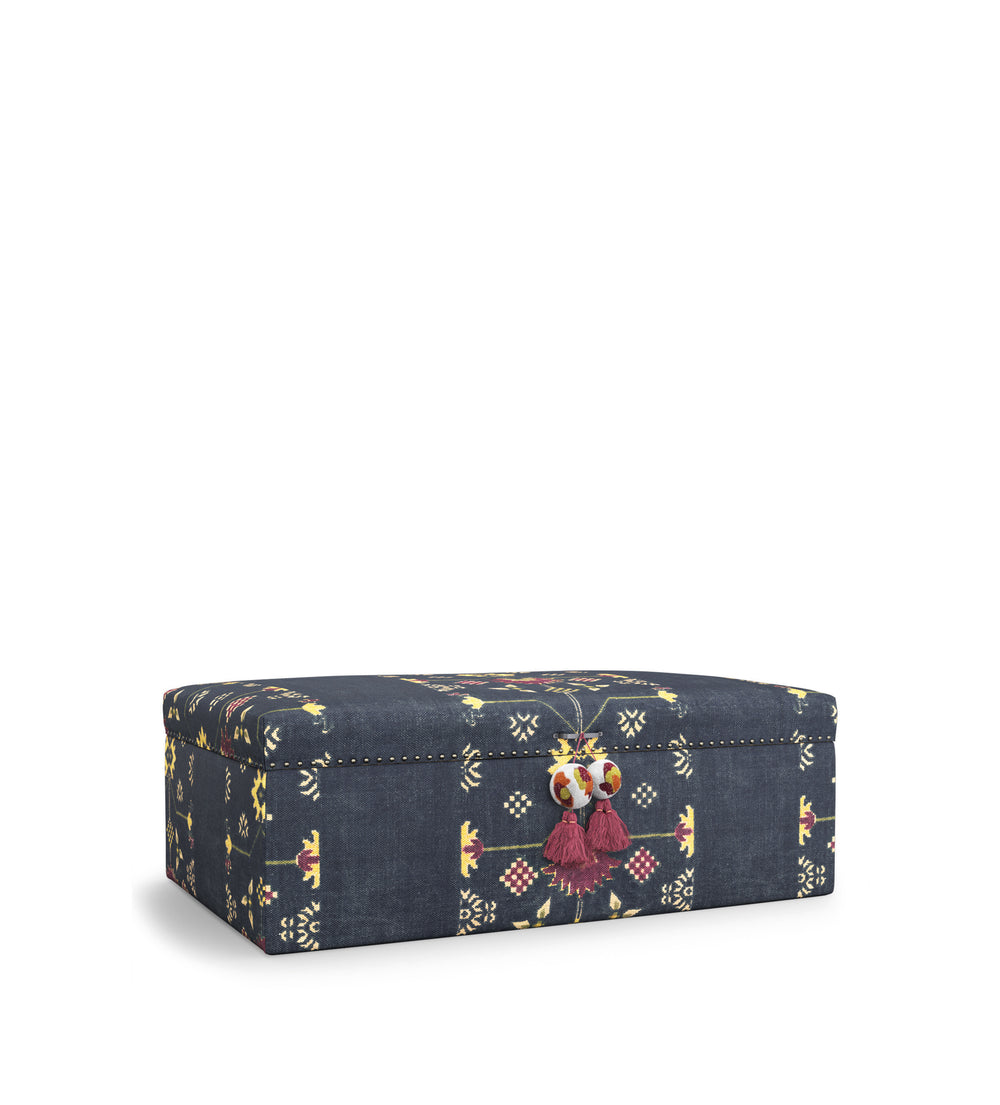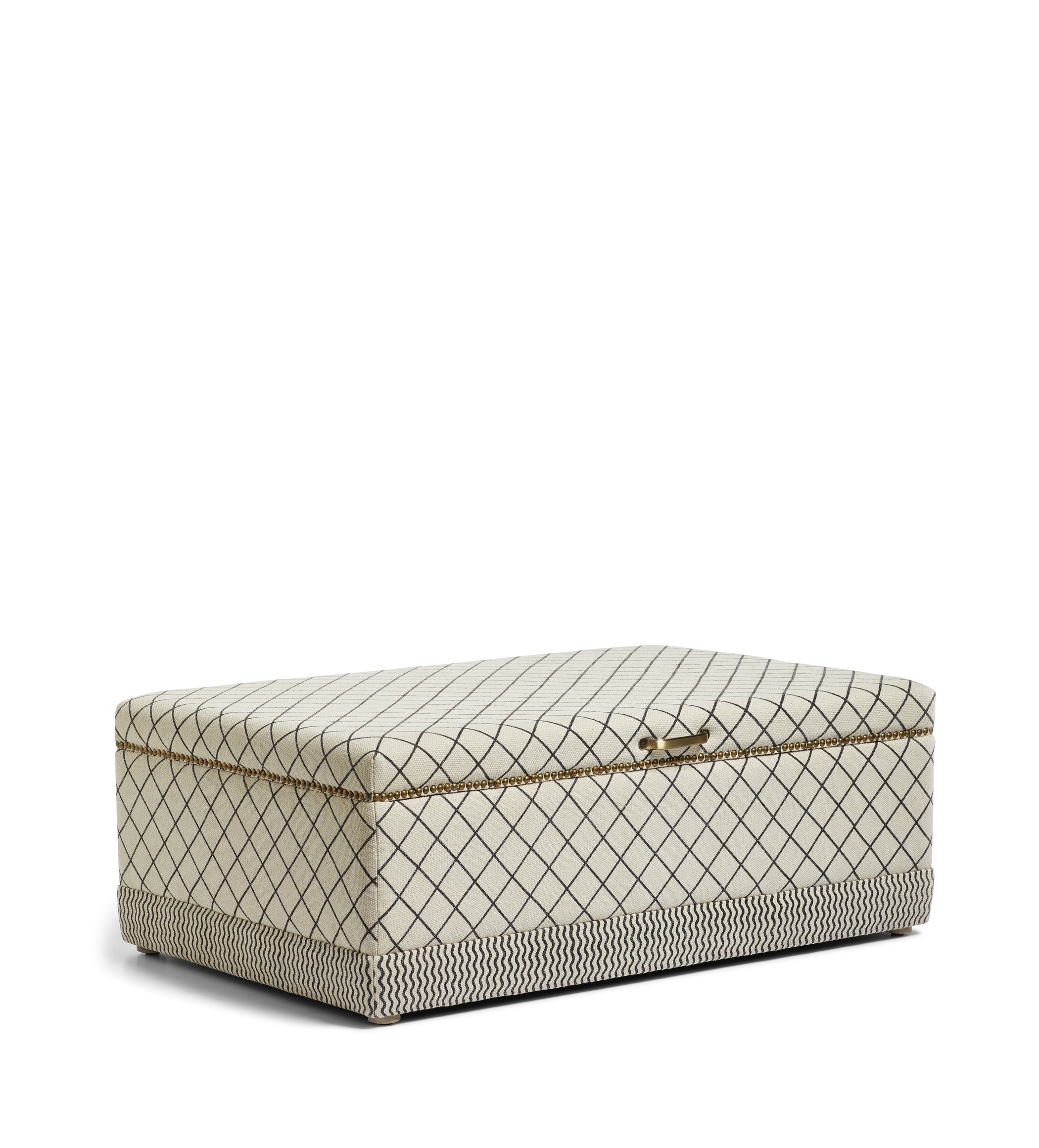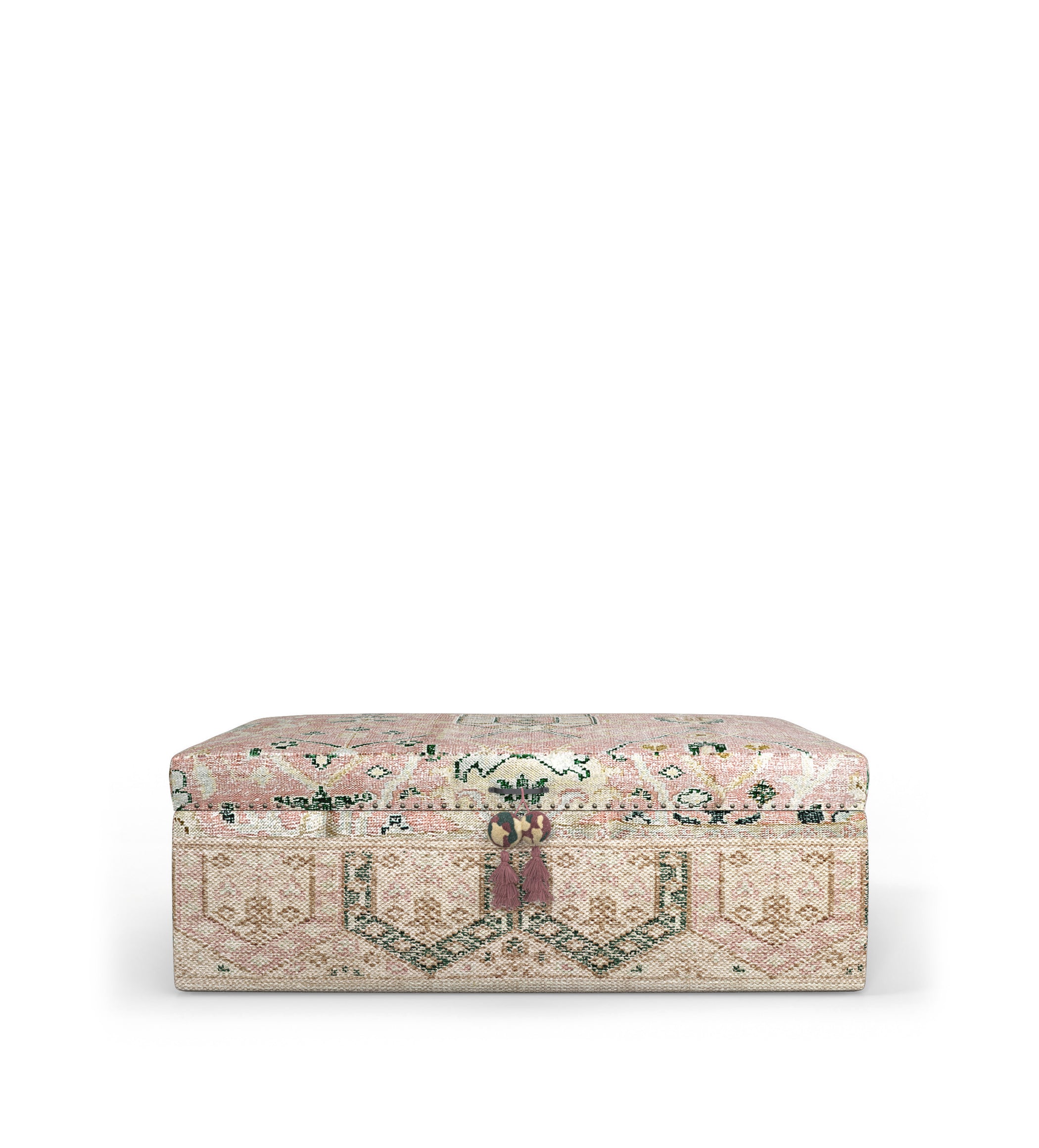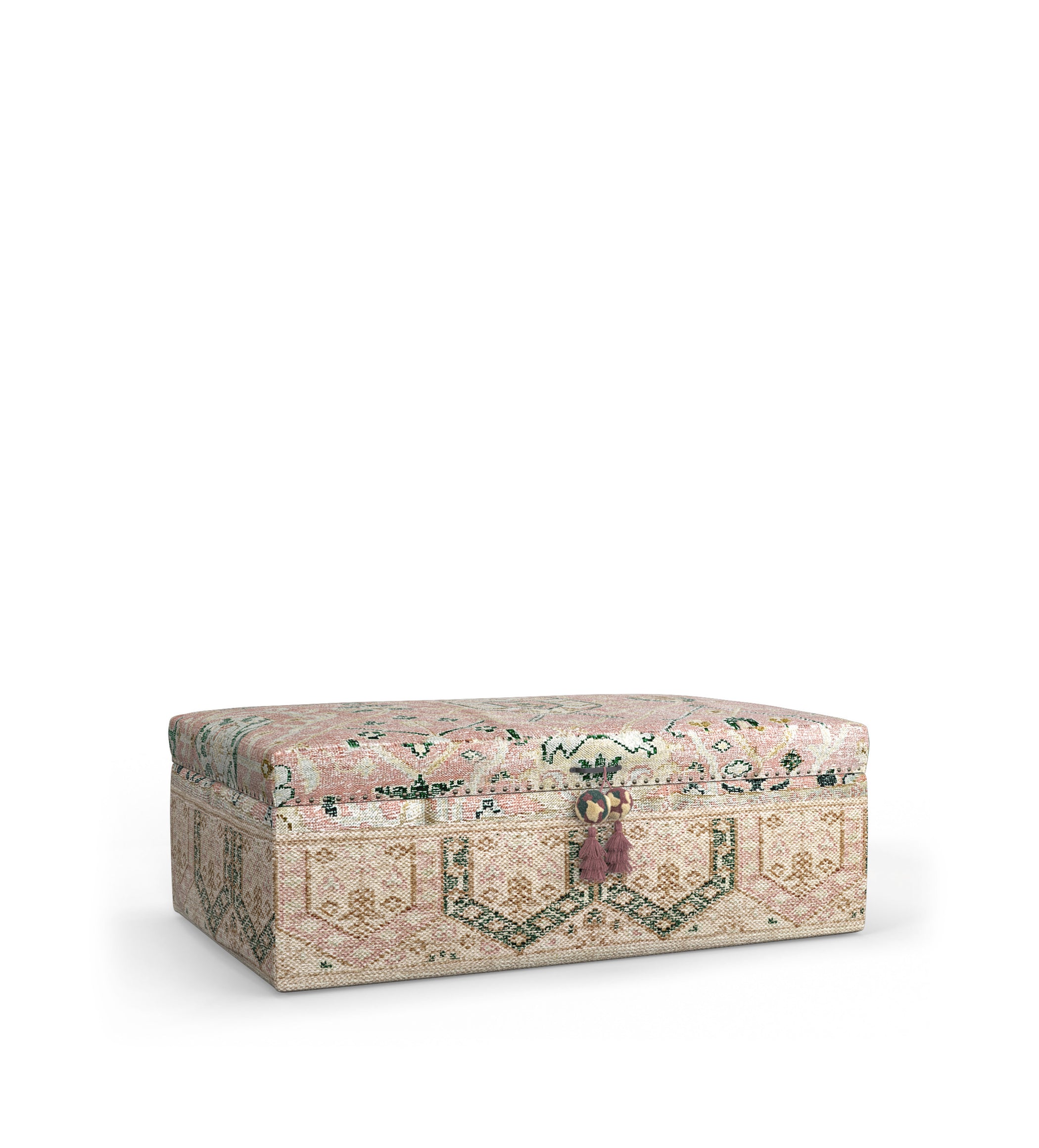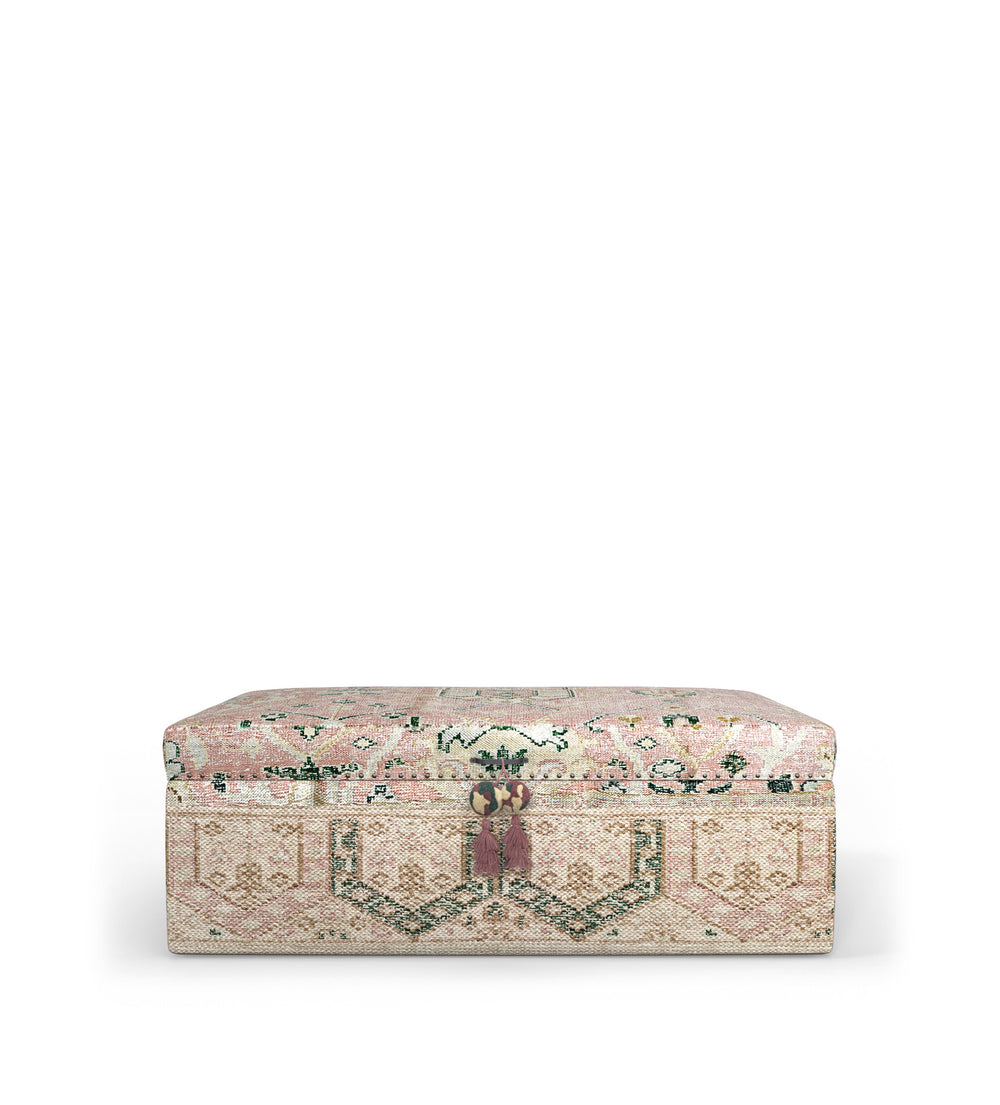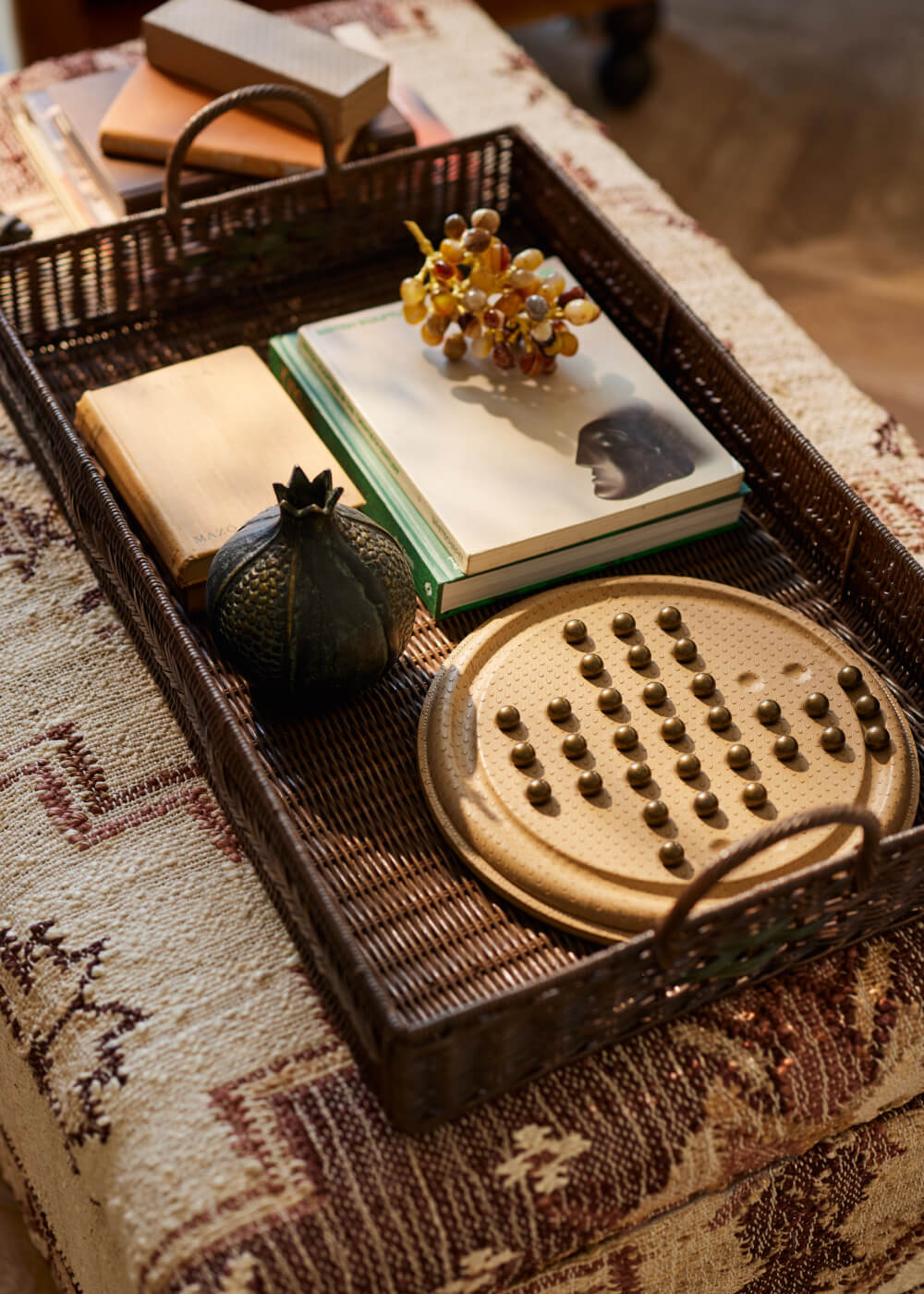It’s time to get organised. If creating clutter is your Achilles heel, allow us to offer a little help with our tips for maintaining a tidy home using storage boxes. Giving you the option to maximise the potential of your existing storage furniture or convert pieces into handy storage solutions, boxes are a useful tool to have in your decluttering arsenal. Keep reading to discover the different styles available and how they can lend a helping hand in your home.
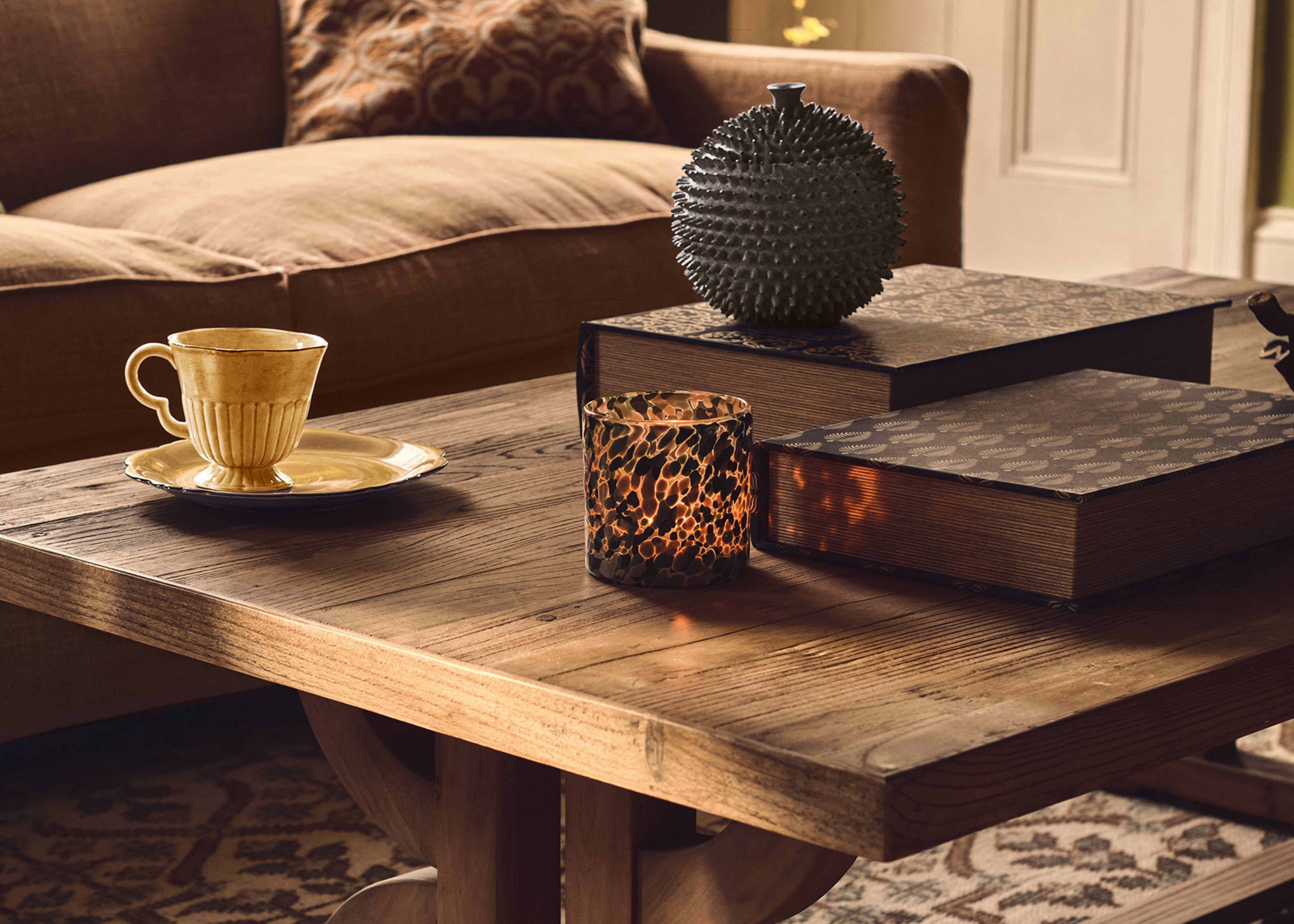

Published 1 May 2025 | Last Modified 12 May 2025 | Ellen Millard
The Ultimate Guide to Organising Your Home with Storage Boxes
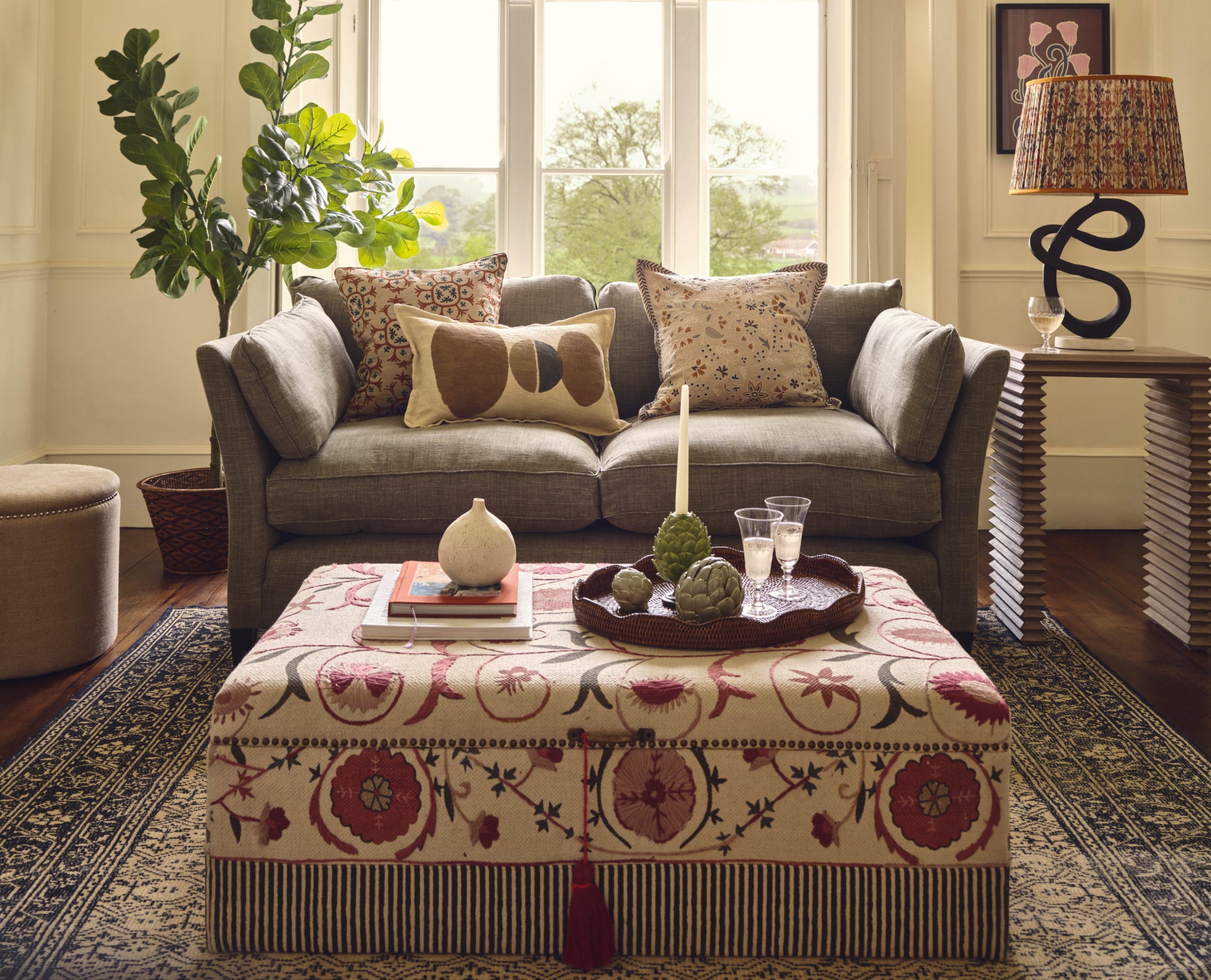

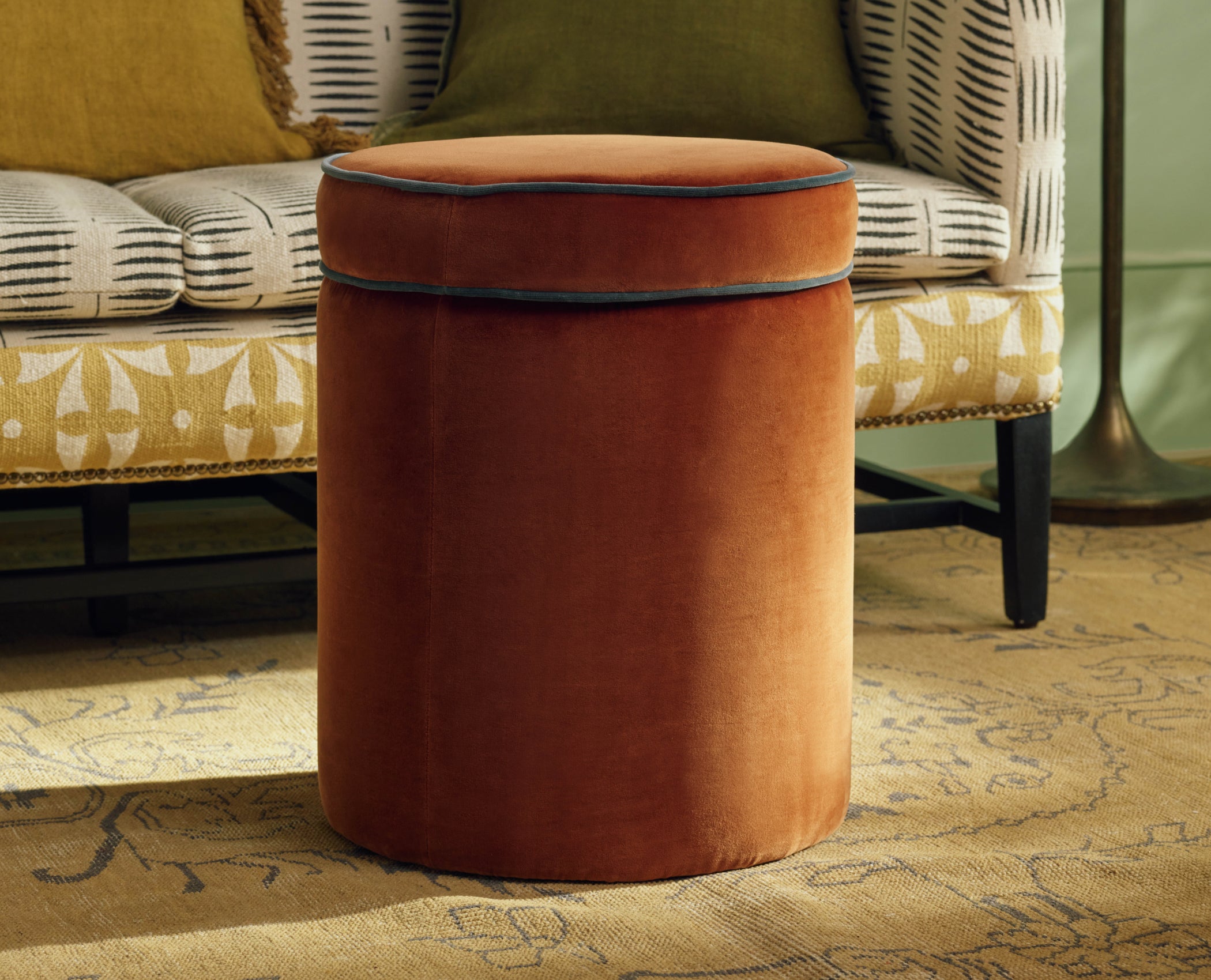

Assessing Your Storage Needs: Identifying Areas to Organise
If you’re on the lookout for storage boxes, it’s likely you already have a particular room or corner you’re seeking a solution for, or selection of things that need a home. It’s important to have this in mind when making your purchase, as this will affect the type of boxes or storage furniture you require. If you’re after storage for cushions or throws in your sitting room, for example, you may want a larger, upholstered design that complements the aesthetic of your space. Alternatively, if you’re on the hunt for a place to conceal paperwork in your study, you may prefer a smaller design that can be easily slipped into a bookcase or drawer. Next up, we’ll break down the different types of storage boxes available to help you narrow down your decision.
“Boxes are a useful tool to have in your decluttering arsenal.”
Featured in this article
Types of Storage Boxes: Exploring Options for Different Purposes
Here at OKA, we have a number of different styles that will help you on your way to achieving home organisation with storage boxes. From clever designs that are tailored to maximising your storage space to decluttering and storage solutions, these five styles can be used for a variety of purposes.
• Trunks and Chests
Slim in shape but with plenty of depth, trunks and chests come high on the list of OKA storage furniture recommendations. These hybrid wonders are perfect as they serve as more than just a storage box. Why not place an upholstered design at the end of the bed, for example, where you can use it as both a place to keep belongings and a spot on which to perch?
• Ottomans
Similar to a trunk but with a wider silhouette, ottomans are great for concealing soft furnishings, games or general clutter. If maximising storage space with storage boxes is high on your agenda, this could be a great solution as ottomans serve multiple purposes. Place them at the end of your bed, as with a trunk, or make them the focal feature of your sitting room and use them in place of a coffee table – read our guide to find out more.
• Box Files
Box files are ideal for tucking away paperwork or smaller odds and ends. These are great for adding extra hiding places to existing storage furniture, as they slot nicely onto bookcases, desks or shelves. Our sets come in a selection of our signature prints.
• Storage Baskets
You’ll find a number of different rattan storage baskets in our collection. Available with or without lids, and most often coming complete with handles, these styles come in a variety of shapes and can be called upon for a selection of different uses. You could pile up an open basket with logs, for example, fill them with shoes and slip them into a hallway storage unit, or use them to store your office supplies – the possibilities are endless.
• Decorative Boxes
As petite as they are pretty, small decorative boxes are ideal for holding jewellery, trinkets or keepsakes. Not only are they handy for storage, but they also make for an attractive addition to shelves, side tables, dressing tables and coffee tables.




Choosing the Right Size and Style: Matching OKA Storage to Your Home
Before you make your final decision, think about what purpose your storage box will have in your home. Will it be kept on display, or play a central role in one of your rooms? If so, a design that appeals to your style as well as your storage needs should be high on your priority list. Think about what you want to store, too; if you’re looking to conceal clothes or soft furnishings, a style made from a softer material, such as an upholstered trunk or rattan basket, would work well. However, for heavier items, such as shoes or logs, you’ll need a hardier material. The most important requirement of a storage box is that it is durable, so bear this mind when selecting your design.
Size and quantity should also factor in to your decision. If you have lots of large items, a bigger design, such as an ottoman or trunk, would be ideal. Alternatively, if it’s odds and ends you need to find space for, a decorative box or box file could be the best solution. Don’t forget to measure the space in which you intend to keep your storage box, and compare the measurements with those of the box itself – this is particularly important if you’re planning to slot them into existing storage units, such as bookcases or cupboards.
Decluttering Strategies: Sorting and Categorising Belongings
Organising your organisation might sound a little over the top, but, if you’re feeling overwhelmed by the task of decluttering, then having a clear strategy or agenda will help you to focus and make progress, even if that’s in small doses. Here are some of our top tips for tackling a clear-out:
• If you’re struggling to be ruthless when clearing out, why not just tackle half the job? If you have collectables that are gathering dust but you can’t quite bring yourself to part with them, for example, why not clear out 50% of them? This strategy is useful for those hard-to-part with pieces, such as sentimental items.
• Be ruthless with belongings you haven’t touched, used or even thought about for a long time. This can also be a handy strategy if you’re struggling to decide whether to clear something out, too – pack it away and see how often you think about it. If you never reach for it, it’s probably a good indication that you won’t miss it.
• Categorising and sorting belongings is a great way to tackle random clutter that doesn’t have a specific home. Start by dividing different elements into piles – such as paperwork in one, stationery in another. Bring similar piles together – for example, receipts found in the bedroom can combine with receipts found in the kitchen. Then neatly place the piles into storage boxes or units – said receipts could be tucked away into a box file in a study, for example.
Room-By-Room Organisation: Tips and Tricks for Each Area of the Home
A complete home overhaul is a daunting task, as each room will require a different approach. To help you along the way, we’ve curated a list of tips for tackling different areas using storage boxes. As mentioned before, it’s best to go through each room one at a time, and don’t put pressure on yourself to tidy everything in one day. Why not tackle one room per weekend? Breaking it up will make the task more manageable.
Bedroom
• First things first: make the bed. This instantly makes your room look tidier, and will start you off on the right foot.
• Tackle your side tables. Throw away or recycle any litter, and then remove anything you’re no longer using – books you’ve read or empty glasses – and place them in a pile to be returned to their rightful homes. Items such as diaries, pens, hand creams or phone chargers are necessary but can make a surface look messy, so organising them into specific containers will help to create a bit of structure in the space: tuck them into drawers, pots, decorative boxes or trays.
• Repeat with other surfaces in the room: the tops of chests of drawers, bureaus or dressing tables. Place jewellery and keepsakes in a decorative box, make-up in pots and paperwork in box files.
• Then go through the drawers and your wardrobe, removing clothes that you no longer wear and putting them in a pile to donate, and refolding or hanging the pieces that you want to keep. If you have clothes that you need to wash, why not place them in a rattan basket? For shoes and accessories, storage baskets are attractive and functional tools for keeping cupboards and shelves organised.
Sitting Room
• The sitting room is one of the hardest spaces to keep tidy, as it usually used daily. Start by deciding on permanent storage solutions for items that are regularly used, such as magazines, remote controls and books. Slip magazines into a dedicated rack or storage basket, place books onto shelves and tuck remote controls into decorative boxes, trays or pots.
• When it comes to items such as board games or throws, which you may not use as often, we recommend seeking more permanent solutions – concealed storage within an ottoman for example, or a storage basket that’s neatly placed in a corner or tucked into existing shelving units.
• Put smaller items away in decorative boxes. If you like to regularly light candles, for example, you could use decorative boxes to conceal matches or tealights.
Hallway
• The hallway is the first thing you see when you enter your home, and being greeted by a clean and tidy space makes for a very warm welcome indeed. But, as a place where people come and go, dumping coats, shoes, bags and umbrellas in the process, it’s naturally tricky to keep organised. Storage boxes are your saving grace. Use them to conceal shoes that aren’t used as often, as well as other items that you need to have to hand – umbrellas, shoe horns or shopping bags, for example.
• If you have a console table or cupboard, use decorative boxes or storage trays to keep items such as keys easily accessible (for security, be careful not to keep these too close to a front door, window or letter box that can be accessed from the outside).
• If you have space for an upholstered trunk, this is a great piece to include within a hallway as it can be used to store accessories, and also offer a place to rest while putting on shoes.
You may find that keeping your home clutter-free is a constant battle, and it never quite feels perfect, but once you have a system in place with dedicated storage for each element, you will hopefully find that maintaining an organised home is much easier. Establishing sustainable habits is the best way to keep on top of mess, so give yourself reasonable tasks each week that can easily become part of your routine – consider doing a quick round up of clutter at the end of the week, for example, or placing things that belong on another floor by the stairs so that you can remember to take them with you next time. It may sound obvious, but it’s these small, manageable tasks that will help you ensure your home remains clutter-free.




Our Buying Guide for Ottomans And Footstools
Interested in more inspiration?
From tips and tricks to decorating advice and expert know-how, we've got plenty of bright ideas for the home and garden.

17 December 2025
Competitive streak? The rise of stylish games
From backgammon and cards to dominoes and solitaire, games are experiencing something of a comeback. As ever, OKA is ahead of the pack with refined designs using expert craftsmanship and quality...

9 December 2025
Timeless Interiors Trends to Welcome into Your Home for 2026
From organic shapes to hand-painted ceramics and natural textures, we believe in only crafting timeless designs that tap into enduring...

9 December 2025
Get Ready for Guests with Our Expert Guide
Whether you go all-out by decorating the whole house and hosting the entire family, or simply add a touch of...

25 November 2025
Pockets of Christmas: Simple Christmas Decorating Ideas
In the words of our Co-Founder and Creative Director, Sue Jones, “Whether you go all-out by decorating the whole house...

11 November 2025
A Guide to Styling Your Christmas Table
At Christmas, the table is more than a place to eat – it's where memories are made. From the first...

5 November 2025
The OKA Christmas Gift Guide 2025
It can be hard to know what to buy loved ones every year, whether friends or family, especially those who...

21 October 2025 | OKA Correspondent
A Tale of Two Apartments
Ten years after collaborating with our Interior Design Service, international client Mrs. Symth once again returned to OKA when it...

17 October 2025
How to elevate your seasonal entertaining at home
Sometimes, the smallest details can make the biggest difference, especially when it comes to welcoming friends and family over a...

10 October 2025
The Art of the Multi-Purpose Room
How to Create a Multi-Purpose Room Now, more than ever, our home needs to work as hard as we do,...
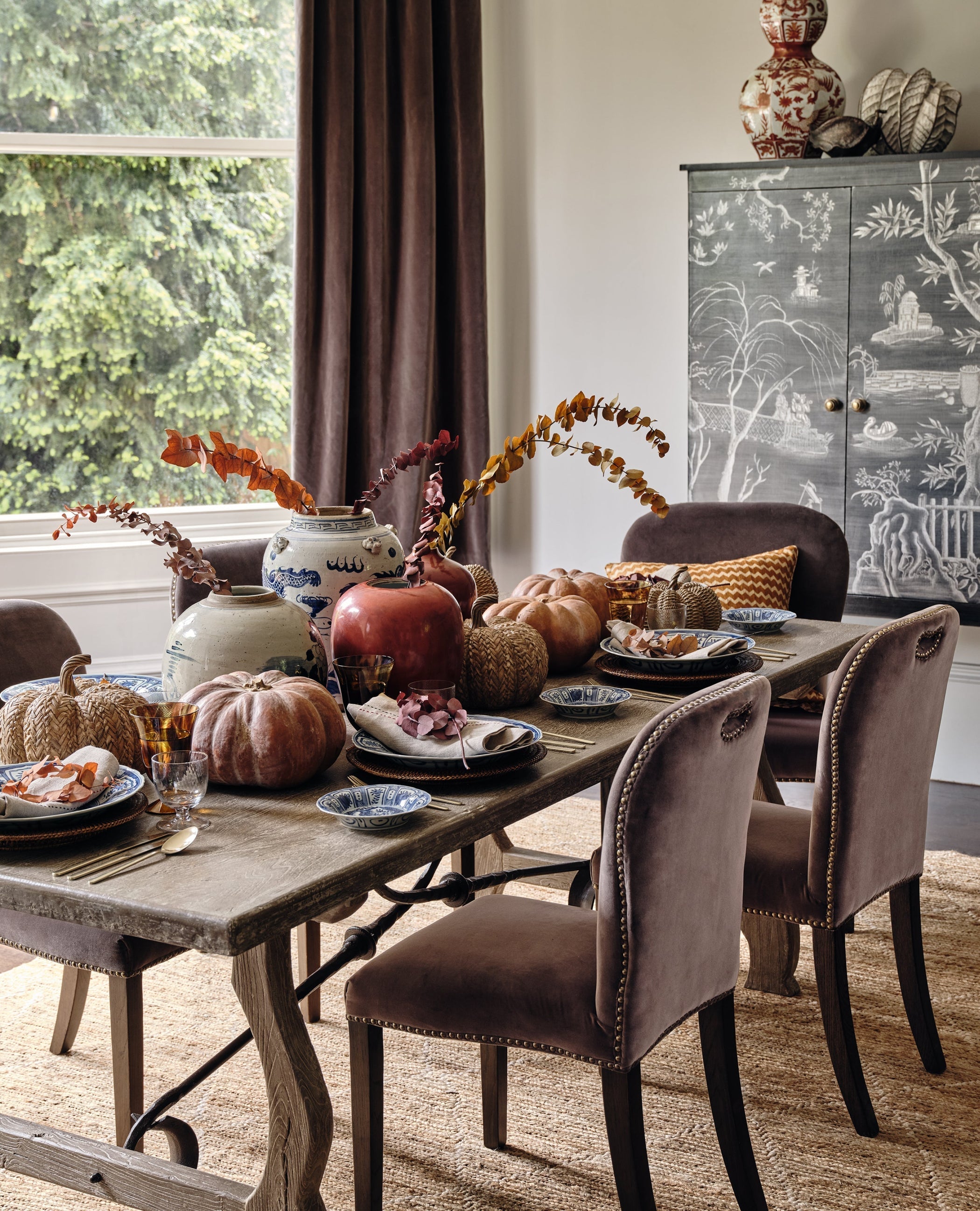
9 October 2025 | Emily Sims
How to Decorate a Table for Halloween
Get creative with your table decorations for Halloween, using the seasonal colours of orange, purple and green.

6 October 2025
How to bring nature into your home during winter
It’s easy to surround yourself with nature in the summer, when you can get out into the garden, entertain al fresco...

6 October 2025 | Ellen Millard
How to Use Lighting to Create a Cosy Home
Interior Designers Sophie Stevens and Lisa Mitchell share their tips for achieving a warm and inviting glow.

16 September 2025 | OKA Correspondent
How to create a bedroom for hibernating at home
Autumn is upon us, and with it a chance to take stock and rest up in a bedroom that’s as...

2 September 2025 | OKA Correspondent
A Seasonal Shift: AW25
Cooler days and darker nights call for indulging in home comforts, whether that’s curling up on a comfortable sofa or...

22 July 2025
Binky Felstead x OKA: Transforming Her London Home
Be the first to step inside the stylish London townhouse of Binky Felstead – TV personality, entrepreneur and influencer – who collaborated with our Interior Design Service to create a comfortable home for her evolving family.
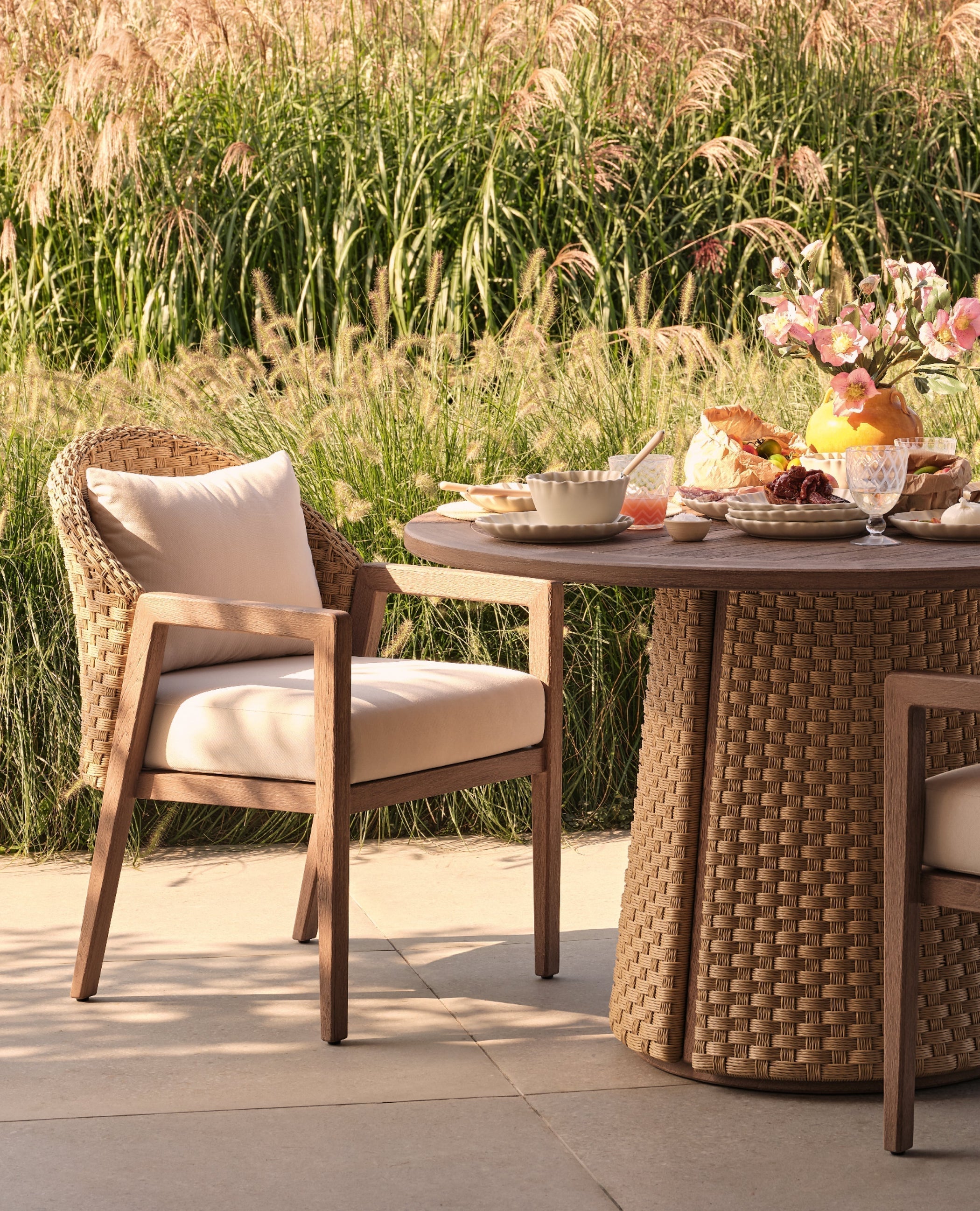
9 July 2025 | OKA Correspondent
Outdoor Entertaining: How to Style Your Garden for Summer Parties
Throwing open the doors to entertain in the garden is one of the most joyful things about summer, whether simply...

23 June 2025 | OKA Correspondent
Sofa Buying Guide – What To Look For In a Sofa
Not sure what type of sofa to buy? Our guide is here with all the information you need, from measuring up to choosing a style and colour.

22 May 2025 | Ellen Millard
Our Guide to Visiting Chelsea for the 2025 Flower Show
Everything you need to know ahead of the RHS Chelsea Flower Show 2024, from dress codes to dining destinations.

16 May 2025 | OKA Correspondent
Expert Tips for Arranging Faux Flowers
From solo stems to bountiful bouquets, there’s nothing like a bunch of flowers to lift the look and feel of...

14 May 2025 | Ellen Millard
How to Decorate Your Garden for the Summer
From the perfect outdoor accessories to ambient lighting ideas, these tips and tricks will help you get your garden set for the long weekend.
